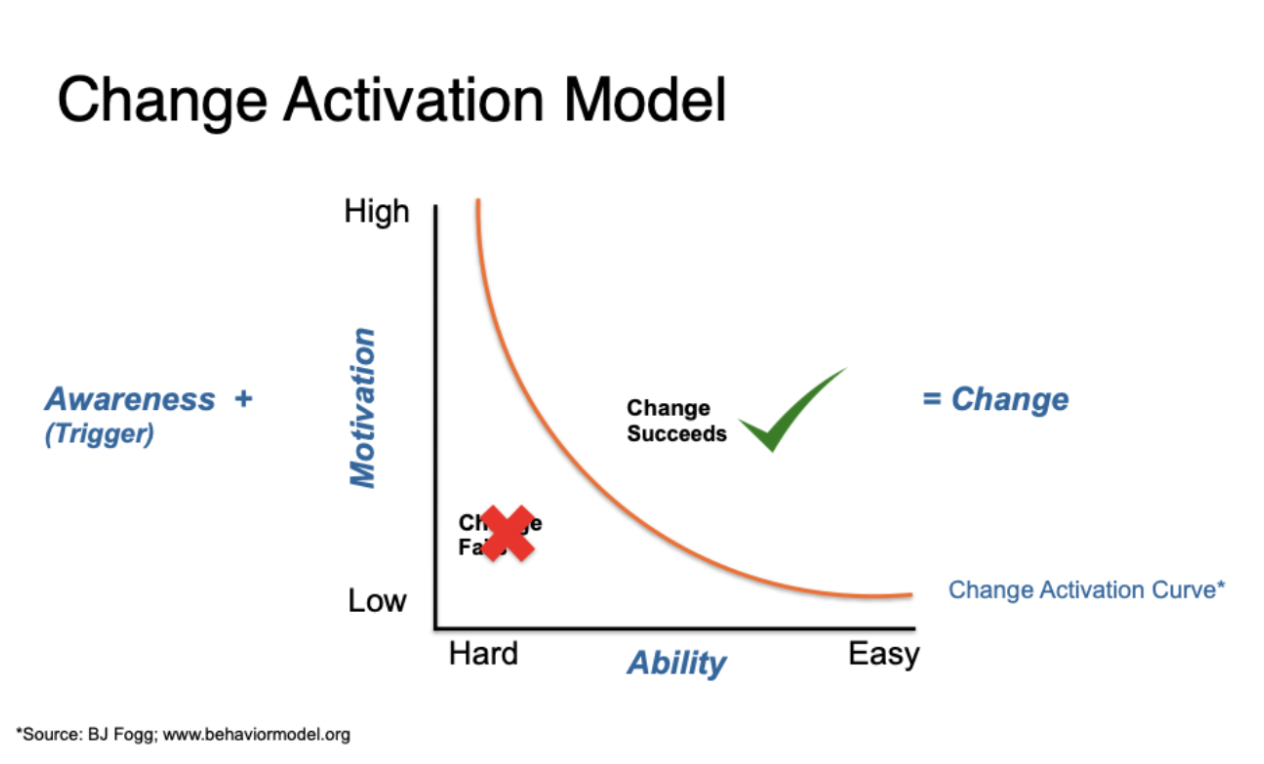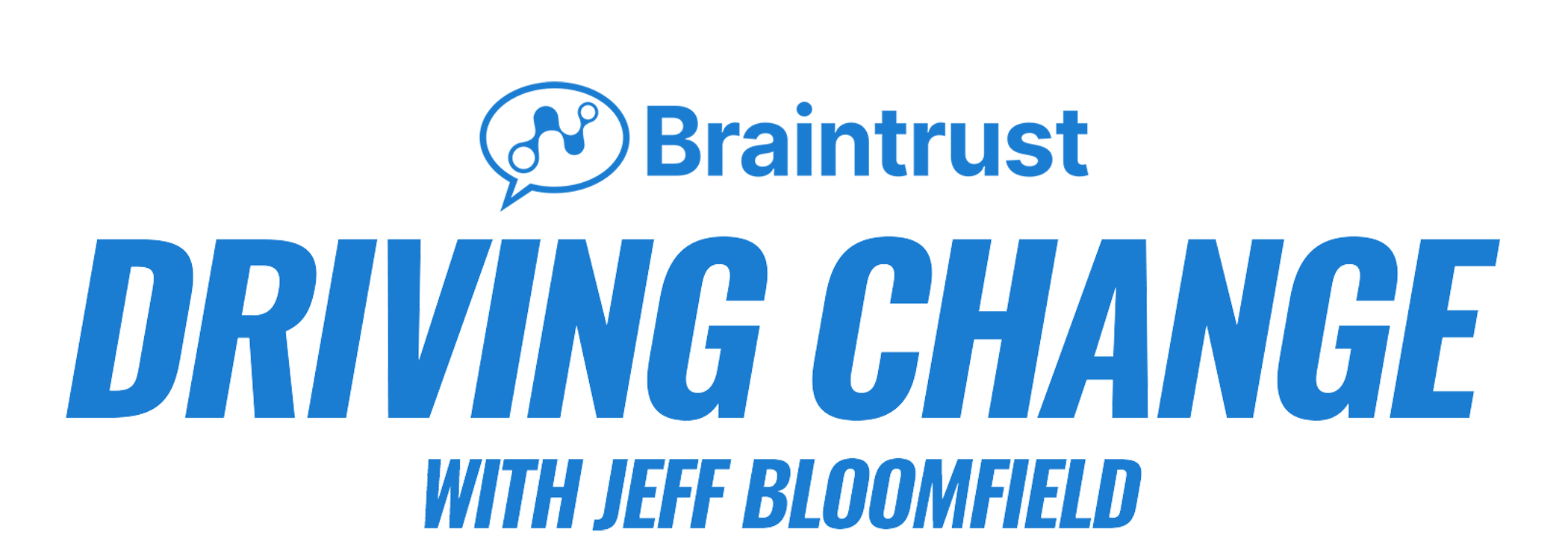Use This To Boost Your Sales Training
Written by Matt Dentino
6 Min Read
“The only thing worse than training your people and losing them, is not training your people and keeping them.” Zig Ziglar
Have you ever seen this famous quote by Mr. Ziglar? While I agree with that statement 100%, have you ever purchased Sales Training for your people to then not see a lasting, measurable difference in performance when they complete it? Believe me when I say, you are not alone.
According to a 2021 ES Research study, 85 to 90% of sales training fails to show a measurable benefit after 120 days. If this is the case, how is it possible with all this great info, take home collateral and motivation, so little of this training actually sticks?
One author I recently read (Howard Partridge) has coined the phrase FTI, Failure to Implement. He suggests the reason so many of us come back from training so motivated and ready to jump in yet we fail to implement and sustain all that we have learned is one word…Stress
Stress is believed to be the number one factor for this failure. Let’s break down why.
Harvard Business Review states that:
“B2B customers are deeply uncertain and stressed. With virtually infinite information available on any solution, a swelling raft of stakeholders involved in each purchase, and an ever-expanding array of options, customers are increasingly overwhelmed and often more paralyzed than empowered.” The New Sales Imperative (Toman, Addison, Gomez)
What does all this have to do with the topic of why sales training has not worked for you yet?
It comes down to the science of human behavior and how humans respond in stressful situations. The underlying issue is that when we are put under stress we naturally revert to our highest level of competence, forcing us to communicate from there. In a sales situation that is generally our “Status Quo” sales tactics and product training – not connection, communication and value.
Most salespeople begin a career by learning every fact and figure there is to know about the product or service we sell. We go over the specification sheets; we sit down with the marketing team; read all of the options, colors, sizes, add-ons etc. We commit all that to memory and when push comes to shove that is what we rely on.
For change to take root and allow our new training to become the baseline, we need to cross what behavioral scientist and Director of the Persuasive Technology Lab at Stanford University, BJ Fogg calls, the Change Activation Curve.

In his behavioral change model, he indicates 3 things are needed to affect behavioral change.
- Motivation
- Ability
- Trigger
The simple explanation of his model is that our level of motivation and our ability to make a particular change play in concert with one another to get us over the “Change Activation Curve” If the desired change is very difficult, our motivation has to be very high in order to get over the curve. If the change is relatively easy, then our motivation does not need to be so high but it does still need to be part of the equation. All of this of course relies on a Trigger or some Awareness on our part that this behavioral change is needed and beneficial.
Change is hard and unless we are either highly motivated OR the change made easy, we will tend to fall back on our status quo.
Now, armed with this information how can we use these ideas to ensure our next training program is a successful one?
First:
Before you send your sales people to training, preface the training with individual conversations with each sales person regarding the outcome and goal(s) of the training they are about to undertake. The curveball here is that these goals should be their goal for themselves not your goal for them. This is the awareness or trigger piece and it has to be something that they value and that they see and want to achieve.
Next:
Once they have communicated their goal(s)to you, you should ask for their permission to hold them accountable to their stated goal post training. This is the motivation and will help them keep their eye on those goals. Help them by making sure the goals they have set are SMART goals. (Specific, Measurable, Attainable, Relevant, Time-based.)
Finally
After the training has been conducted, setup a regular cadence with each sales person to coach them on the progress they are making on these SMART goals. This cadence should be at least once a month but ideally bi-monthly or even weekly to start and then modified based on progress as you get 60, 90, 120 days out. In these sessions, come alongside them and discover in real time the things that are working and those that are not. Allow them to discover clear pathways to successful and continued implementation. This helps address the ability component of the change activation curve.
At this point let me interject one more important idea. While I have worked with many sales teams and people in general who bristle at the idea of being micro-managed, I have never heard anyone complain about being micro-coached. Be sure that these sessions are always approached from a coaching perspective. (Ask, don’t tell!). Ask them how they are progressing. If they indicate they have stalled or are stalling, draw out solutions by asking them insightful questions.
When you implement these ideas around any type of training you will be more likely to improve your success rate in resetting your teams baseline to a new, higher and more rewarding level! Visit www.braintrustacademy/launch to learn even more skills for you and your team.




